This article was co-authored by Monica Kieu, DO, FACS. Dr. Monica Kieu is a board certified Otolaryngologist and Specialist in Facial Plastic and Reconstructive Surgery in Los Angeles, California. Dr. Kieu received a BS in Anthropology from the University of California, Riverside and earned her medical degree (DO), with honors, from Western University of Health Sciences in Pomona. She then completed her residency in Otolaryngology-Head and Neck Surgery at Michigan State University/Detroit Medical Center, where she served as chief resident. Dr. Kieu also completed a prestigious fellowship in Facial Plastic and Reconstructive Surgery at the University of Toronto. She is a member of the American Academy of Otolaryngology-Head and Neck Surgery, American Osteopathic Colleges of Ophthalmology and Otolaryngology-Head and Neck Surgery, American Academy of Cosmetic Surgery, American Academy of Facial Plastic and Reconstructive Surgery, and the American Rhinologic Society. Dr. Kieu was recently named one of LA’s Top Docs by Los Angeles Magazine.
There are 12 references cited in this article, which can be found at the bottom of the page.
This article has been viewed 144,636 times.
If you are experiencing pain and wax buildup from wet and/or infected ears, the best and safest thing to do is to have a doctor remove the material using special tools and techniques. If you are unable to see a doctor, there are some things you can do to remove the material on your own. You must be extremely careful, however, because your ears can be easily damaged.
Steps
Seeing a Doctor to Clear Your Ears
-
1See a doctor to inspect your ears. If at all possible, have a doctor examine your ears and remove any material from them, rather than doing it yourself.[1]
- Doctors are experts, and will be able to diagnose the problem accurately.
- It is difficult to see inside your ear on your own.
- You can easily damage your inner ears if you use improper tools or techniques to clean them. Cotton swabs, napkins, pins, etc. should not be inserted into your ears.[2]
-
2Seek treatment from your doctor. If your doctor’s examination detects a buildup of earwax or infected material, he can remove it using one or more methods. These can include:[3]
- Applying special drops into the ear canal to soften the wax
- Using a suction device to pull the wax out
- Rinsing the ear with warm water or a saline solution applied using a bulb syringe
- A device called a curette or cerumen loop or spoon can also be used to manually remove the earwax.[4]
- These treatments can take place in your doctor’s office.
Advertisement -
3Follow your doctor’s post-treatment recommendations. After clearing your ears, your doctor will provide you with specific advice for post-treatment care, and discuss any further procedures that are necessary.[5]
- If you have an infection of the ear canal, such as otitis external or otitis media, your doctor may prescribe antibiotics. These might be taken orally, or applied as drops into your ear canal
- Additionally, your doctor may prescribe antihistamines or decongestants to reduce swelling and allow your ear to drain.
- Use all medications exactly as instructed.
- Drink plenty of fluids (at least eight glasses of water a day) to stay hydrated, especially if you have fever or infection.
- Keep your ears dry while recovering.
- Applying a warm, damp (not wet) towel to your outer ear as a compress may alleviate pain. Do this for 15 – 20 minutes several times a day.
Clearing Your Ears at Home
-
1Do not use improper tools to clean your ears. If you have waxy or infected buildup in your ears, do not insert things such as cotton swabs, napkins, or pins into your ears to clear it out.[6] Doing so can cause a number of problems:
- Inserting things into your ears can push buildup deeper into your ears, rather than drawing it out. This can make the problem worse, as well as cause decreased hearing ability.
- You can puncture the eardrum, which is thin and delicate.[7] This can cause a ruptured ear drum.[8]
- Foreign objects inserted in your ear can irritate or damage the skin.[9]
- Ear candling is dangerous and appears to be ineffective. You can burn yourself with hot wax or flame from the candle, and may even perforate your inner ear.[10]
-
2Choose an approved at-home treatment. Ordinarily, earwax will fall out of your ears on its own in time. If you feel that there is an unusual buildup or risk of infection, however, you can use some at-home remedies for relief. If you cannot have a doctor treat your ears, you can:[11]
- Apply over-the-counter drops that soften earwax. Look for ones that contain carbamide peroxide.
- Apply drops of mineral oil, baby oil, glycerine, or hydrogen peroxide into your ears.
- Use an over-the-counter earwax removal kit. These contain a rubber syringe to use warm water to flush the earwax out.[12]
- The things you need for these treatments should be available at pharmacies. You may even be able to find earwax removal kits at pharmacies that will include a rubber ball syringe and instructions for use.
-
3Carefully follow all directions for treatment. If you are applying ear drops or other liquids to soften and or remove material in your ear, carefully follow any specific directions provided with the drops (or by your doctor). It may take a few days for these treatments to work.[13]
- If you are using a liquid such as mineral oil, baby oil, glycerin, or hydrogen peroxide, apply a few drops of into your ear using an eyedropper.
- After a day or two, the wax should be softened. You can use a rubber bulb syringe to gently squirt some warm water into your ear. Lean your head back, and gently pull on your outer ear. This will open up your ear canal. Once the water is in your ear, tilt your ear to the other side to let the water drain out.
- Afterwards, dry your outer ear with a dowel or hair dryer.
- You may have to repeat this process a few times for it to work. If it doesn’t seem to help after a few attempts, contact your doctor.
Preventing Ear Problems
-
1Keep your ears dry. Wet wax can become infected because it has lots of dead skin cells which can swell and provide an ideal environment for bacterial growth. To reduce the chance of ear infections, try to keep your ears dry when possible.[14]
- When swimming, you can wear a swim cap.
- Use a towel to dry your outer ears when they become wet.
- If water gets in your inner ears, try tilting your head and holding it in that position until the water can run out. Pulling lightly on your earlobe can also open up your ear canal and make it easier for the water to drain out.
- You can also use a blow dryer on a low setting to dry your ears; hold it several inches away from your ears.
-
2
-
3Discuss any concerns with your doctor. If you have a recurrent problem with ear buildup, apply ear drops once every month or so to help prevent it. Do not use ear drops more often than that, however, because they can irritate your skin. You should also let your doctor know if you have chronic ear problems.[17]
- If you wear a hearing aid, you are at a greater risk of ear problems. Have your ears checked three to four times a year by a doctor to catch and treat any issues.[18]
- Let your doctor know if you notice any unusual symptoms related to your ears (such as a non-wax discharge, severe pain, or significant hearing difficulties), or if you are unsure of their condition.[19]
Expert Q&A
Did you know you can get expert answers for this article?
Unlock expert answers by supporting wikiHow
-
QuestionWhy do we produce ear wax?
 Monica Kieu, DO, FACSDr. Monica Kieu is a board certified Otolaryngologist and Specialist in Facial Plastic and Reconstructive Surgery in Los Angeles, California. Dr. Kieu received a BS in Anthropology from the University of California, Riverside and earned her medical degree (DO), with honors, from Western University of Health Sciences in Pomona. She then completed her residency in Otolaryngology-Head and Neck Surgery at Michigan State University/Detroit Medical Center, where she served as chief resident. Dr. Kieu also completed a prestigious fellowship in Facial Plastic and Reconstructive Surgery at the University of Toronto. She is a member of the American Academy of Otolaryngology-Head and Neck Surgery, American Osteopathic Colleges of Ophthalmology and Otolaryngology-Head and Neck Surgery, American Academy of Cosmetic Surgery, American Academy of Facial Plastic and Reconstructive Surgery, and the American Rhinologic Society. Dr. Kieu was recently named one of LA’s Top Docs by Los Angeles Magazine.
Monica Kieu, DO, FACSDr. Monica Kieu is a board certified Otolaryngologist and Specialist in Facial Plastic and Reconstructive Surgery in Los Angeles, California. Dr. Kieu received a BS in Anthropology from the University of California, Riverside and earned her medical degree (DO), with honors, from Western University of Health Sciences in Pomona. She then completed her residency in Otolaryngology-Head and Neck Surgery at Michigan State University/Detroit Medical Center, where she served as chief resident. Dr. Kieu also completed a prestigious fellowship in Facial Plastic and Reconstructive Surgery at the University of Toronto. She is a member of the American Academy of Otolaryngology-Head and Neck Surgery, American Osteopathic Colleges of Ophthalmology and Otolaryngology-Head and Neck Surgery, American Academy of Cosmetic Surgery, American Academy of Facial Plastic and Reconstructive Surgery, and the American Rhinologic Society. Dr. Kieu was recently named one of LA’s Top Docs by Los Angeles Magazine.
Board Certified Otolaryngologist
References
- ↑ Monica Kieu, DO, FACS. Board Certified Otolaryngologist. Expert Interview. 20 October 2020.
- ↑ Monica Kieu, DO, FACS. Board Certified Otolaryngologist. Expert Interview. 20 October 2020.
- ↑ http://www.aafp.org/afp/2001/0301/p941.html
- ↑ https://myearinc.com/cerumen-removal#:~:text=A%20curette%20is%20a%20long,possible%20to%20address%20the%20issue.
- ↑ http://www.aafp.org/afp/2001/0301/p941.html
- ↑ Monica Kieu, DO, FACS. Board Certified Otolaryngologist. Expert Interview. 20 October 2020.
- ↑ https://app1.unmc.edu/medicine/heywood/otology/unit1-normal-anatomy.cfm
- ↑ http://www.nlm.nih.gov/medlineplus/ency/article/003042.htm
- ↑ http://www.aafp.org/afp/2001/0301/p941.html
- ↑ https://www.ncbi.nlm.nih.gov/pmc/articles/PMC2231549/
- ↑ https://health.clevelandclinic.org/ear-wax-removal-101-the-best-and-safest-ways-to-clear-clogged-ears/
- ↑ https://health.clevelandclinic.org/ear-wax-removal-101-the-best-and-safest-ways-to-clear-clogged-ears/
- ↑ https://www.enthealth.org/conditions/earwax-cerumen-impaction/
- ↑ http://www.aafp.org/afp/2001/0301/p941.html
- ↑ Monica Kieu, DO, FACS. Board Certified Otolaryngologist. Expert Interview. 20 October 2020.
- ↑ Monica Kieu, DO, FACS. Board Certified Otolaryngologist. Expert Interview. 20 October 2020.
- ↑ https://medlineplus.gov/ency/article/000619.htm
- ↑ https://www.ncbi.nlm.nih.gov/pmc/articles/PMC4048490/
- ↑ https://www.healthdirect.gov.au/fluid-from-the-ear
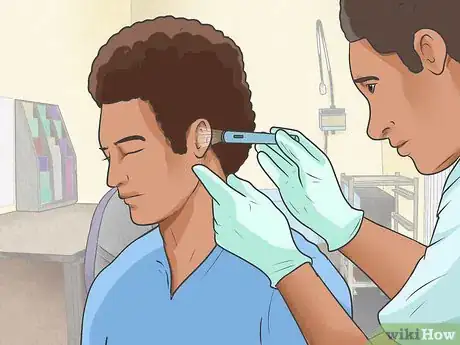

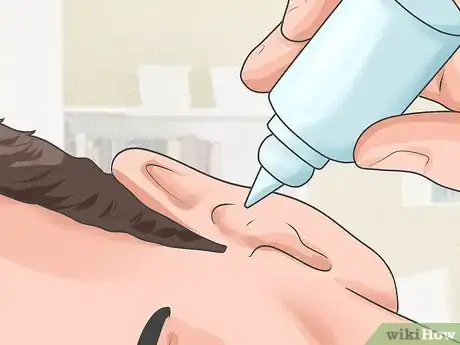
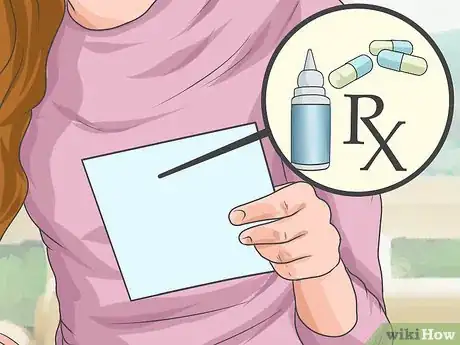
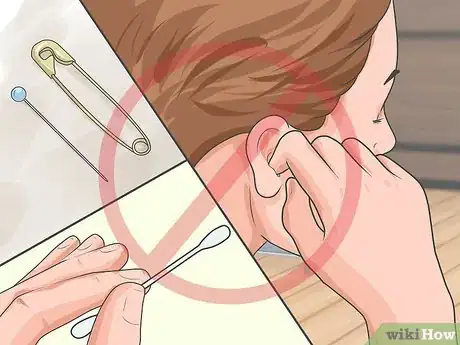
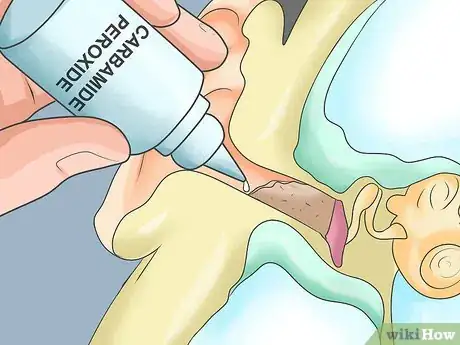
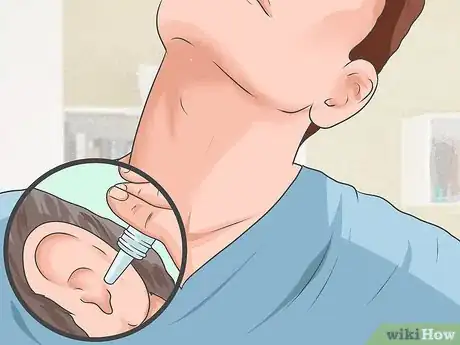
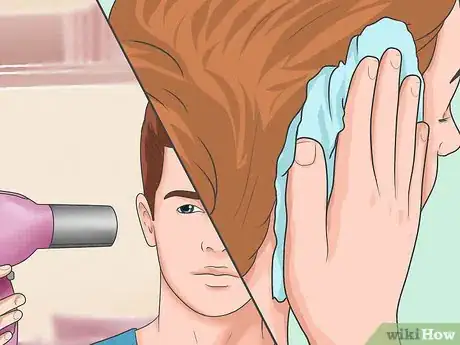
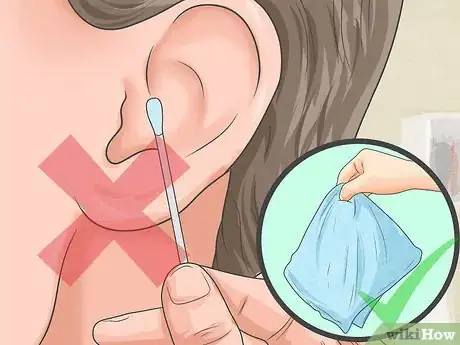


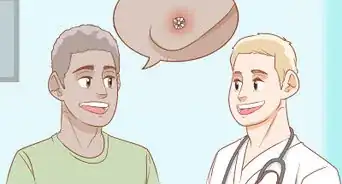
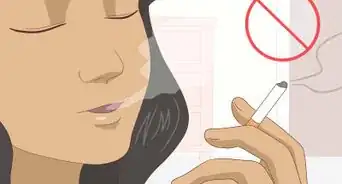
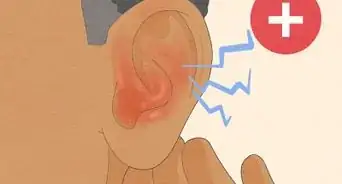

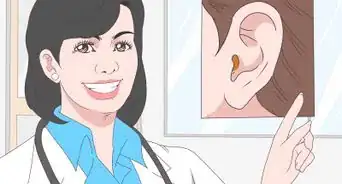
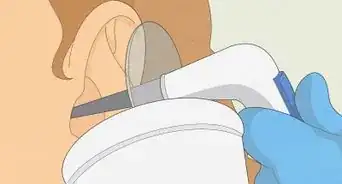
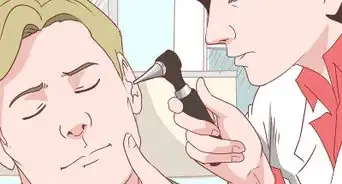




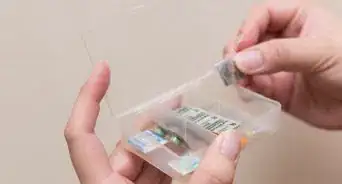
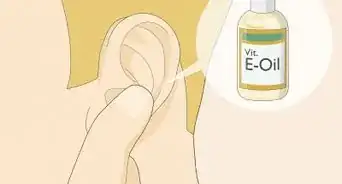








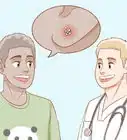
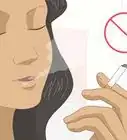




































Medical Disclaimer
The content of this article is not intended to be a substitute for professional medical advice, examination, diagnosis, or treatment. You should always contact your doctor or other qualified healthcare professional before starting, changing, or stopping any kind of health treatment.
Read More...